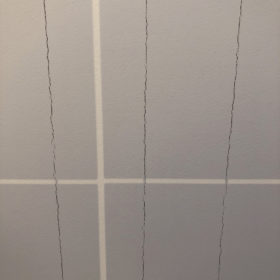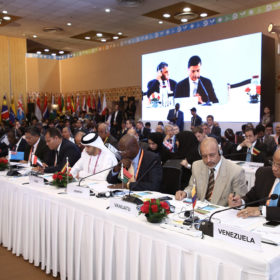Indian panel data could transform PV monitoring processes
Researchers say the use of clustering-based computation could remove the need for on-site inspections of panels by instead enabling real-time monitoring of degradation using only meteorological data.
Focus on scalability of energy storage – minister Suresh Prabhu
In his keynote address at a Make in India session at the Energy Storage India 2019 event in New Delhi, the minister for commerce and industry urged the storage sector to make products that are useful in an Indian context.
Energy Storage: 2019 will be a year of opportunities
With the announcement of a National Energy Storage Mission expected this month, 2019 is set to be a year of manufacturing and research and development opportunities in India’s storage sector
The long read: New technologies move to the back
The tension between the cost cutting and performance boosting opportunities presented by new technologies and the tendency for risk aversion is never more evident than in PV module materials. This applies nowhere more than in backsheets, where new innovations are big on promise, but must convince manufacturers and the market of their long-term performance.
The long read: The time is right
Kaco is launching a mass-produced string inverter with silicon carbide switches onto the market following 10 years of discussion about the technology within the industry. In the 100 kilowatt plus segment, the technology produces small, lightweight devices with few components.
The long read: Fit for the 21st century
Co-extruded backsheets are opening up novel circular possibilities for the solar industry, as well as driving durability and lowering costs, writes Netherlands-based materials specialist DSM.
The long read: Materials matter
As problems with component failure have already laid bare, there is a clear need for contract clarity at every stage of a PV project, from material and component sourcing to power purchase and operations agreements. Here, pv magazine investigates a little covered issue for module buyers, which could threaten insurance coverage and the overall success of a project further down the line.
India will auction 80 GW of solar, wind capacity by March 2020
The Indian Government plans to tender 60 GW of solar and 20 GW of wind capacity by March 2020. This would complete the planned auctions for its targets of 100 GW solar and 60 GW wind installations by 2022, leaving two years for project execution, according to an year-end review by the Ministry of New and Renewable Energy (MNRE).
The long read: Flashing key for bifacial value
As new cell and module concepts move into large-scale production, and efficiencies are pushed ever higher, manufacturers of flash testing equipment must innovate to ensure their tools can provide reliable measurements, and cope with ever expanding production throughput. The expansion of bifacial technology beyond niche applications in particular raises new issues for flash testing standards. pv magazine spoke with several flasher manufacturers to shed light on the latest developments in this segment.
De-risking, financing and capacity building high on ISA agenda – Interview
The iSTAR-C program of India’s International Solar Alliance (ISA) was adjudged an outstanding project during the Paris Peace Forum this month. The program is one of many ISA initiatives to develop solar resources in member countries. After the first assembly of the ISA, interim Director-General Upendra Tripathy tells pv magazine about the organization’s achievements and plans.















